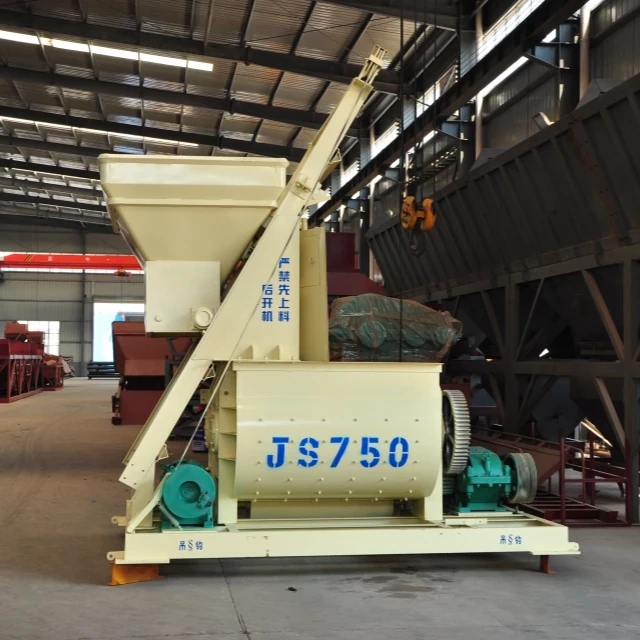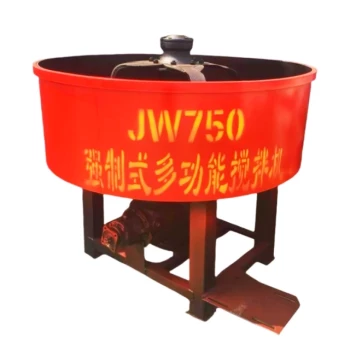Introduction
Corrosion in industrial cement tanks isn't just a maintenance headache—it's a $3 billion global problem that compromises structural integrity and contaminates stored materials. This guide distills proven protection methods from material science and predictive maintenance into actionable steps. Whether you're battling electrochemical degradation in porous concrete or evaluating epoxy coatings, you'll discover systematic solutions to:
- Slow corrosion rates below 0.1mm/year (industry benchmark for reinforced cement)
- Pinpoint high-risk zones like joint seams and wet-dry interfaces
- Implement IoT sensors that detect moisture intrusion 72 hours before visible damage
Fundamentals of Cement Tank Corrosion
Electrochemical Mechanisms in Porous Concrete
Cement tanks corrode from the inside out. When alkaline pore water (pH ~13) meets carbon dioxide or chlorides, it triggers:
- Passive layer breakdown: Steel rebar loses its protective oxide coating
- Crack propagation: Rust occupies 6x more volume than steel, spalling the concrete
Did you know? A 1mm rebar corrosion depth reduces load capacity by 12%—equivalent to a 10-ton winch suddenly handling 11.2 tons beyond its rating.
High-Risk Zones in Storage Tank Architecture
These areas fail 3x faster than tank walls:
- Waterline regions: Constant wet-dry cycling accelerates chloride penetration
- Pipe penetrations: Vibration cracks create micro-fissures for acid ingress
- Bottom slabs: Pooled liquids with pH
Advanced Protection Methodologies
Epoxy vs Polyurethane Coatings for Alkaline Environments
| Coating Type | pH Resistance | Flexibility | Cost per m² |
|---|---|---|---|
| Epoxy | 3-11 | Low | $18 |
| Polyurethane | 4-10 | High | $25 |
Best practice: Apply 3-coat epoxy systems where chemical spills occur, but switch to polyurethane for tanks experiencing >2°C/day temperature swings.
IoT Moisture Sensors for Predictive Maintenance
Deploying wireless sensors at these locations catches problems early:
- Vapor transmission points (top 15cm of walls)
- Under insulation layers where condensation hides
- Rebar intersections (measure galvanic potential)
Pro tip: Sensors linking to your asset management software can schedule repairs during planned downtime, avoiding emergency shutdowns.
Lifecycle Management Protocol
Corrosion Rate Mapping with Ultrasonic Testing
Annual thickness testing builds a degradation timeline:
- Baseline scan at commissioning (mark reference points)
- Grid-based measurements every 90° around the tank
- 3D modeling to predict remaining service life
Example finding: A mixing station tank showing 0.15mm/year loss at discharge points may need nozzle replacements in Year 7 instead of the planned Year 10.
Repair-Replacement Decision Matrix
| Damage Level | Action | Tool Requirement |
|---|---|---|
| Polymer injection | Garlway grouting pumps | |
| 10-30% loss | Shotcrete overlay | Garlway mortar sprayers |
| >30% loss | Segmental demolition | Garlway concrete breakers |
Conclusion: Turning Knowledge Into Action
- Start monitoring now: Even basic resistance probes detect early-stage corrosion 4x cheaper than ultrasonic testing.
- Coordinate with mixing schedules: Apply coatings during annual slurry tank cleaning cycles.
- Train operators: Teach crews to recognize "halo" stains (first visual corrosion signs).
By integrating these material, monitoring, and management strategies, cement tanks can reliably achieve their 25-year design life—keeping your construction assets productive and safe.
Related Products
- HZS35 Small Cement Concrete Mixing Batch Plant
- JW1000 Mobile Cement Mixer Concrete Mixer Truck and Batching Plant
- Hydraulic Concrete Mixer Machine Cement Mixing Equipment for Mixture Concrete
- HZS120 Ready Mix Concrete Batching Plant Commercial Mud Cement Mixer
- HZS75 Concrete Batching Plant Cement Mixer Price Concrete Mixer Bunnings Mixing Plant
Related Articles
- How Small Cement Mixers Deliver Cost-Efficiency, Health Safety, and Versatility
- Optimizing Infrastructure Efficiency: How to Choose Between Concrete and Stabilized Soil Mixing Plants
- How Small Cement Mixers Prevent Chronic Injuries in Construction Workers
- How to Reduce Measurement Errors in Concrete Batching: Proven Strategies for Accuracy
- How to Optimize Small Cement Mixer Positioning for Maximum Job Site Efficiency















